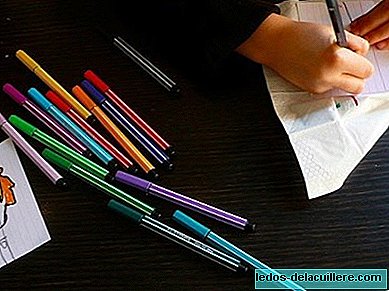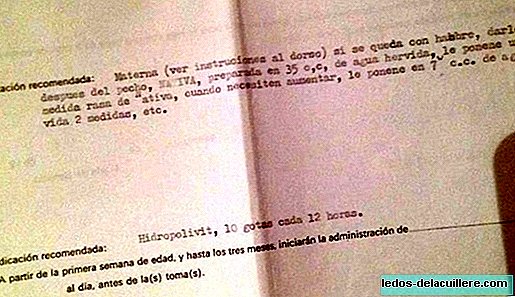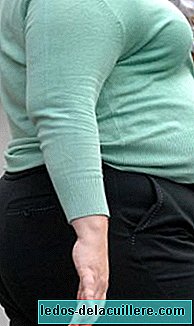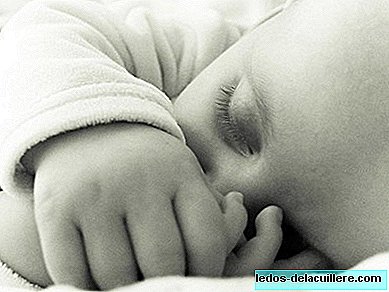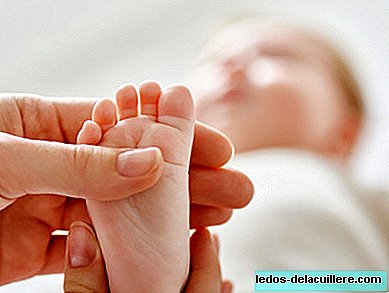
Being parents is what Tina and Benjamin Gibson, a young couple from Tennessee, most wanted, but it hasn't been easy to get it. Because he has cystic fibrosis, which can cause infertility, they were unable to conceive naturally, so they began to value other options when Tina's father told him about "embryo adoption." After thinking about it and assessing it, they decided to try it.
They went to the National Embryo Donation Center and were surprised to learn that the embryo they had adopted had been frozen on October 14, 1992, 25 years, a year and a half after the mother was born. It would be the human embryo that has ended in a successful birth that has been frozen for longer. So far the oldest had remained 20 years preserved.
A "snow baby"
The embryo was thawed on March 13, 2017 to be implanted in Tina's uterus. The experts highlighted the great achievement which means having an embryo of this age that survives the defrosting process, much less that it was successfully implanted and resulted in a healthy pregnancy no less than 25 years after being frozen. It is "very exciting considering how long the embryos were frozen," says the mother.
After a pregnancy without complications on November 25, 2017 Emma Wren Gibson was born, a beautiful girl who weighed 2.7 kilos and measured 50.8 centimeters.
These babies, born from an embryo that remains frozen, are called "snow babies." They are suspended, frozen, they are potential human lives waiting to be born. Emma was born from an embryo that has been frozen along with three other sister embryos from the same egg donor.
"Do you realize I'm only 25 years old? This embryo and I could have been best friends," said Tina Gibson.
Embryo Adoption
Embryo donation is the assisted reproduction technique in which embryos are transferred that carry a genetic load from another male and another female. That is to say, do not carry the genes of the adoptive parents. Simply the donated embryo is implanted in the womb of the mother who adopts.
Each country has different regulations regarding the donation of embryos. In Spain, the law allows freezing embryos that have not been used during in vitro fertilization treatment, if the parents so wish. Why not adopt embryos that are destined to be discarded? Who can help fulfill the dream of a couple like Tina and Benjamin?
It is believed that Emma's birth is a world record, being the embryo that had been frozen for a long time, although there is no way to verify it for sure, since companies are not obliged to share the date of reception of the embryos, Only the results of fertilization.


